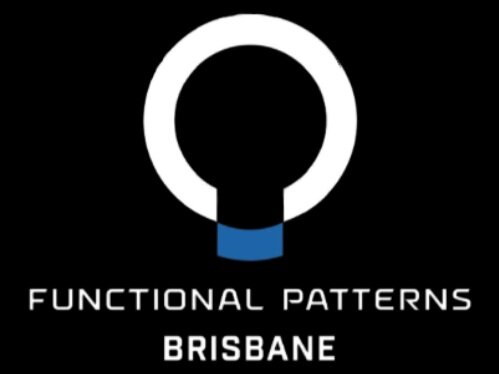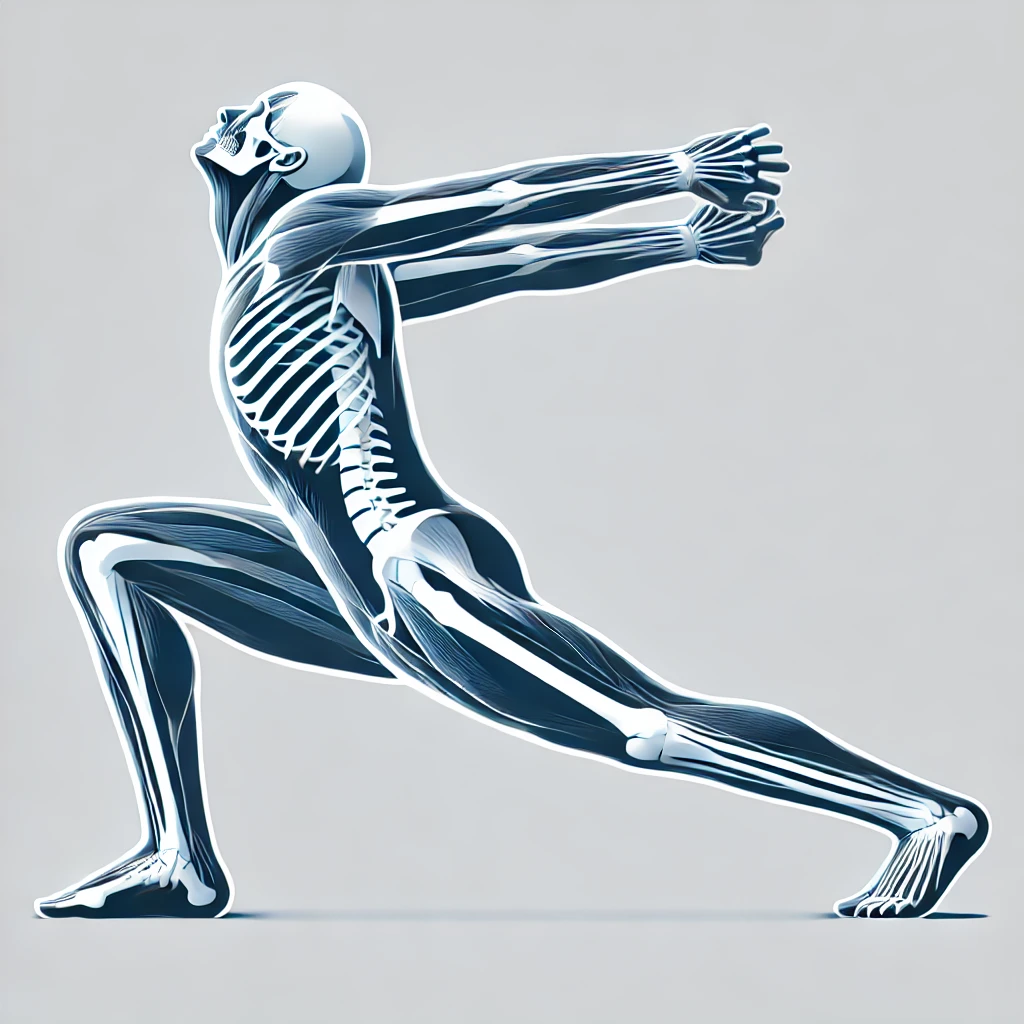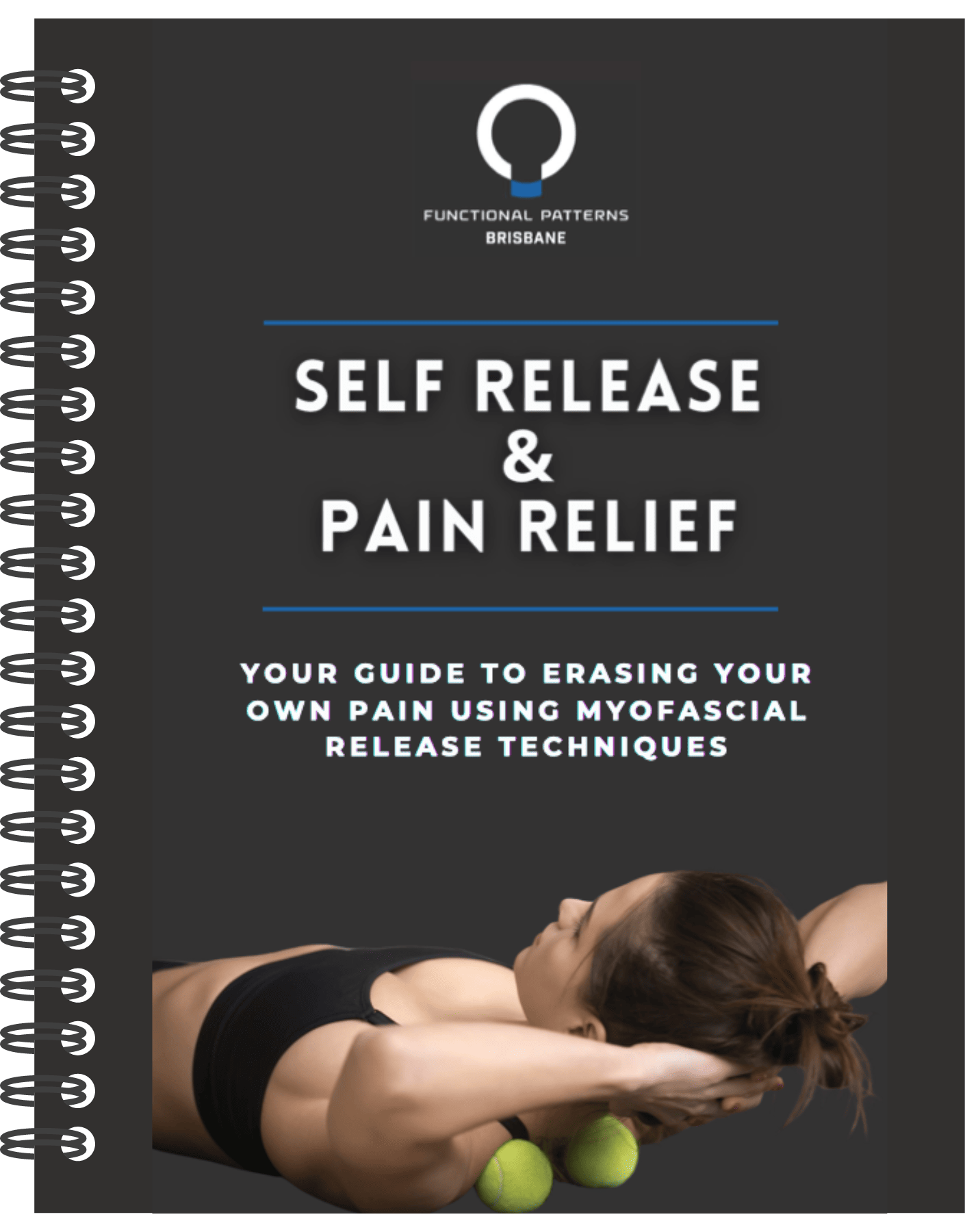A Brisbane Neck Specialists Honest Opinion on Stretching.
When searching for relief from joint pains, many turn to stretching as a primary solution or an unconscious habit. We are going to delve into neck stretches and the longterm implications on pain. This post delves into the effectiveness of stretching for joint pain and offers a comprehensive look at reducing pain.
Understanding Joint Pain and Stretching
Joint pain affects millions globally, often leading individuals to explore stretches for neck pain. This may begin in an attempt to be proactive with stretching routines to prevent pain from worsening and reduce pain.
Other times people may react with neck stretches for pain when it occurs. This could result in neck pain stretches becoming a habit that only locally addresses the symptom. To address the root causes of joint pain, we need to understand the relationship between our movement patterns and joint health.
The Myth of Stretches for Neck Pain
While stretching can feel good and may offer temporary relief, it's not always beneficial for neck health in the long run. Exercises that enhance the functional capacity of the muscles supporting the neck are key.
Pain often stems from dysfunctional movement patterns that isolated stretching alone cannot correct. Constant neck stretches can provide temporary relief, but unless you address underlying postural imbalances, discomfort is likely to return. The critical drawback of stretching is that it puts muscles in a passive lengthened position without elastic recoil.
When looking for a neck specialist Brisbane, it is crucial to find someone who understands integration. We are a team of neck pain specialists in Brisbane who address the root cause of neck pain for longterm relief.
Common Causes of Neck Pain Include
1. Neck Instability
Neck instability is a prevalent cause of chronic neck pain. It often results from weakened muscles and ligaments that fail to adequately support the cervical spine.
This instability can lead to excessive movement between the vertebrae, causing irritation and inflammation. This effects surrounding tissues, nerves, and joints. Common factors contributing to neck instability include trauma, poor posture, and degenerative changes.
While physiotherapist neck specialists often recommend stretching to relieve muscle tightness, it can worsen neck instability. Stretching lengthens the muscles and ligaments further, potentially making the instability worse and increasing the risk of injury. Instead, it's crucial to focus on exercises that strengthen and stabilise the neck muscles and soft tissues. This allows you to manage and alleviate pains in the neck effectively.
2. Lack of Rotation or Uneven Rotation in the Cervical Spine
Another common cause of neck pain is the lack of rotation or uneven rotation in the cervical spine. For example, rotating to the right further than you rotate to the left. This issue can arise from poor posture, muscle imbalances, or habitual movements. These factors all limit the neck's natural range of motion and increase neck pain symptoms.
When the cervical spine cannot rotate evenly, it places uneven stress on the neck muscles and joints. This leads to pain and stiffness, as well as an increase in herniated disc, muscle spasms and neck injury. This imbalance can also cause compensatory movements in other parts of the spine, making the problem worse over time.
including exercises that promote balanced rotation and improve elastic recoil can help restore proper neck function and reduce pain. However, it is essential to perform these exercises correctly to avoid further strain or injury.
3. Poor Core Engagement and Spinal Positioning
Poor core engagement and spinal positioning significantly contribute to neck pain. They create an unstable and weak cervical spine that compresses downward. When the core muscles do not engage properly, the spine lacks the support it needs to maintain proper alignment. This leads to poor posture and potentially neck pain.
This misalignment puts additional pressure on the cervical spine, causing compression and pain. Over time, this can lead to muscle fatigue, tension, and even degenerative changes in the spine. Strengthening the core muscles and maintaining proper spinal positioning are crucial for reducing neck pain and preventing further issues. Exercises that focus on core stability and correct posture can help support the cervical spine and alleviate discomfort.
Our treatment options at Functional Patterns Brisbane focus on correcting these root cause issues.
For effective treatment and management of neck pain, consulting a neck specialist or physiotherapist can provide personalised strategies. Addressing these common causes with a comprehensive approach, including
strengthening exercises,
proper posture,
and balanced movement patterns,
can lead to lasting relief and improved neck health.
Releasing Tightness in Muscles
We can easily misinterpret neck pain stretches as addressing muscle tightness or referral pain from nearby muscles. Muscle tightness often signals underlying imbalances in the body's movement patterns.
Addressing these imbalances through targeted myofascial release (MFR) can help reduce the sensation of tightness. We must approach the body as an integrated system. Reprogramming movement habits rather than merely stretching the affected area provides lasting relief.
While there are various types of neck pain, MFR and correct movement patterns seem to address the entire spectrum.
Here is a free Myo Fascial Release E-Book to get you started. Click the image to download.
Functional Patterns Approach to Treating Neck Pains
Using corrective exercises that improve movement patterns can offer more sustainable outcomes. This approach helps realign the body by reducing strain on the cervical spine and reducing neck pain.
Focusing on the FP "First 4":
standing,
walking,
running,
and throwing
can help achieve long-term pain relief by correcting body imbalances. Pain recurrence is common because traditional stretching routines don't tackle optimising these fundamental movement patterns.
Our bodies utilise these movement patterns every single day. To live a pain free, functional life, you need to be competent at the main human movement patters.
For example, if the way you are walking is jarring or compressing your neck, stretching will only make the issue more unstable. An elastic neck and correct movement patterns are the key to overcoming chronic neck pain.
Conclusion
While neck stretches may offer temporary relief, they fall short in providing a lasting solution. By adopting a Functional Patterns approach, individuals can achieve sustainable relief from neck pain. Reducing pain long-term requires us to understand and correct our movement patterns.
For comprehensive treatment of neck pain, consider consulting a neck specialist near you. such as a neck specialist at Functional Patterns Brisbane.
Addressing underlying causes like
poor posture,
cervical disc issues,
and muscle strains
through a holistic approach can lead to lasting relief.
For personalised guidance, find a Functional Patterns Practitioner or a neck pain specialist near you.




